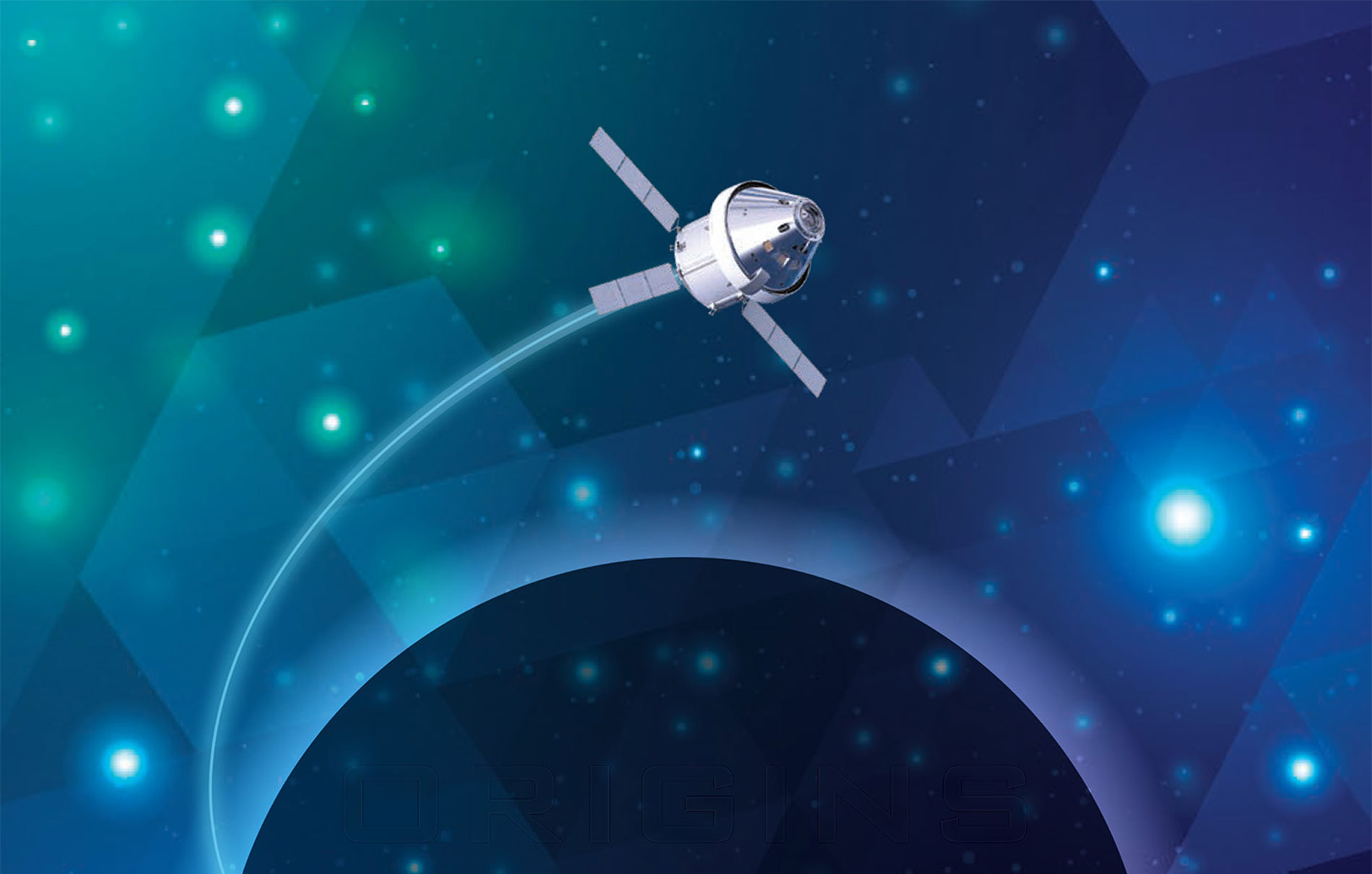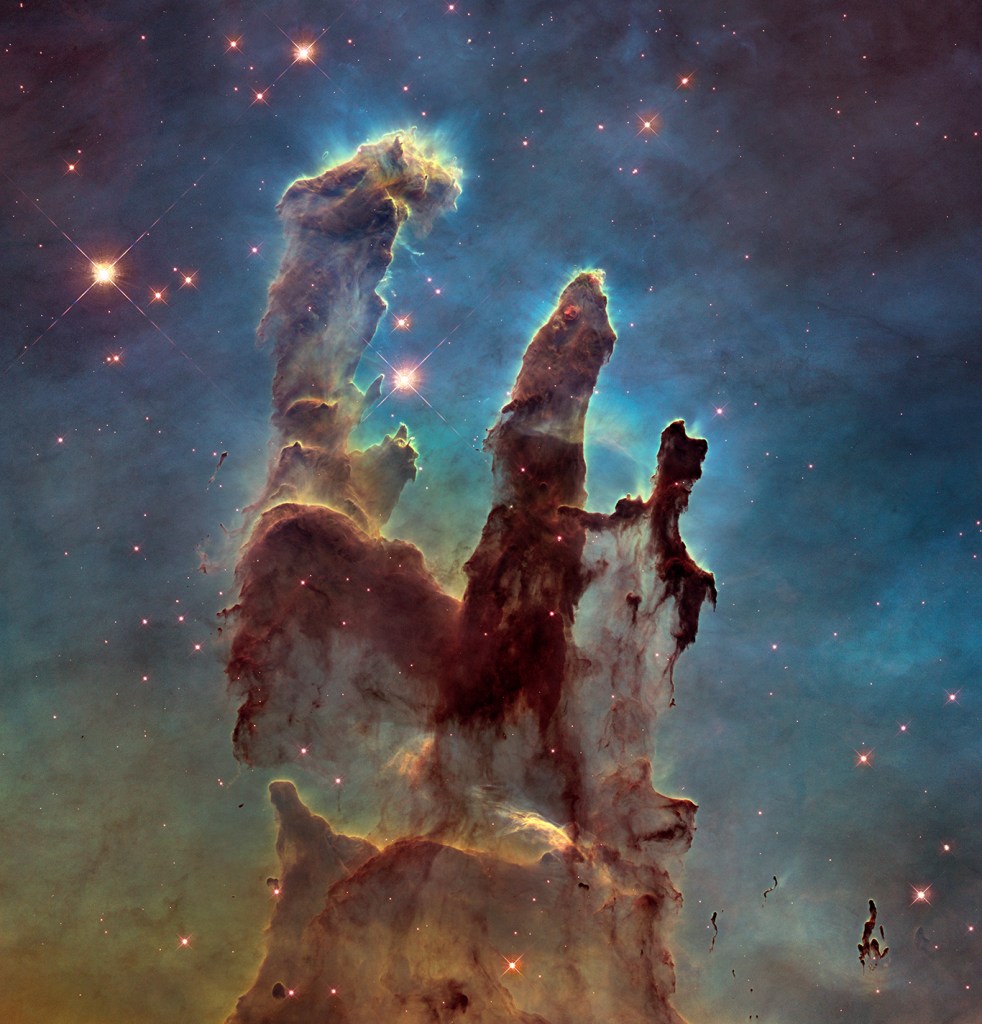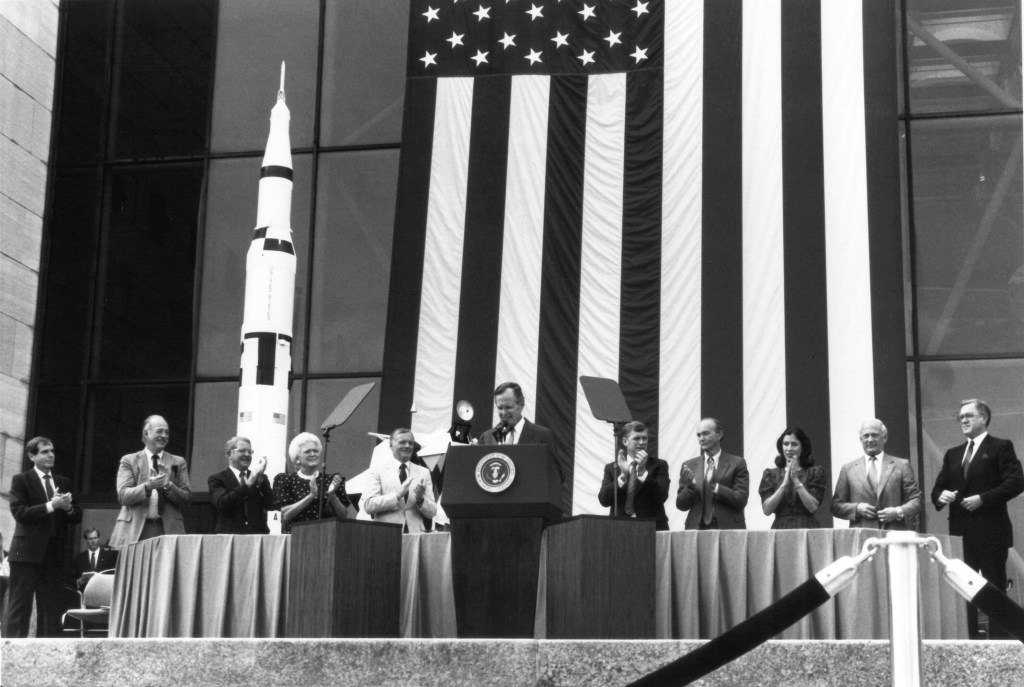By Glen R. Asner and Stephen J. Garber
Winner of the American Institute of Aeronautics and Astronomics (AIAA) History Manuscript Award for 2020
2020 Winner of the Society for History in the Federal Government’s Henry Adams Book Prize
Less than one year after the Columbia Space Shuttle accident on 1 February 2003, President George W. Bush announced at NASA Headquarters that the Agency would embark on a new Vision for Space Exploration as it resumed Shuttle flights and worked toward completion of the International Space Station. The President’s ambitious agenda included lunar and Martian exploration with robotic precursors followed by human missions. The conceptual foundations of the President’s plan had their origins in 1999, when NASA Administrator Dan Goldin initiated a Decadal Planning Team to generate viable plans for humans and robots to explore space beyond low-Earth orbit. This book provides a detailed historical account of the ideas, debates, and decisions that opened the way for a new generation of spaceflight at the start of the 21st Century.
NASA SP-4415
More History Publications
Explore more titles in NASA's History Series.
































